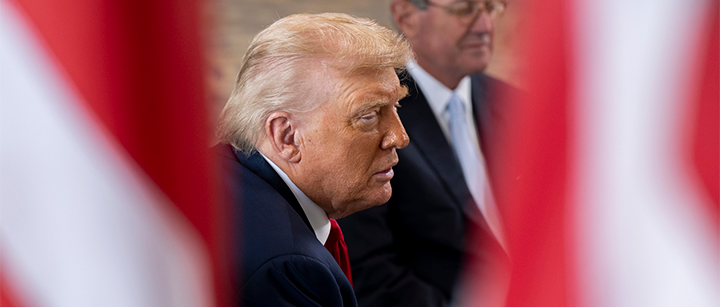US-India relations deteriorate further despite close ties between leaders; future implications remain uncertain.

New Delhi, India — The return of Donald Trump to the White House in January generated optimism among many Indian analysts, who posited that his relationship with Prime Minister Narendra Modi could provide a buffer against potential political turbulence stemming from U.S. foreign policy. Historically, the two leaders have openly supported one another, participating in joint rallies and publicly proclaiming their friendship. In a notable gesture, Modi was among the first international dignitaries to visit Trump following his inauguration.
However, reality has cast a shadow over this initial camaraderie, with the U.S. administration imposing a substantial 25 percent tariff on Indian imports, amidst frequent threats of further levies. This action has been partially attributed to India’s continued oil imports from Russia, raised as a contentious point in the ongoing dialogue regarding the conflict in Ukraine.
Some experts now perceive U.S.-India relations as precarious, marking their lowest point in decades. Biswajit Dhar, a trade economist, commented on the matter, indicating a growing concern regarding the future of bilateral trade negotiations. In the face of these challenges, Modi adopted a resolute stance at a public rally, emphasizing India’s commitment to supporting local production. “In this atmosphere of global uncertainty, our focus will be on procuring goods created by the hard work of Indians,” he asserted.
Despite pressures from the U.S., Indian officials remain committed to their energy strategies, rejecting demands to curtail oil imports from Russia. Trump’s critique, suggesting that India’s purchases are indirectly supporting Russia’s military endeavors, has added fuel to the already fraught negotiations.
Several factors have emerged as sources of friction between the two nations, including trade negotiations that have struggled to find common ground. The U.S. has consistently urged India to lower tariffs and provide greater access to its markets—a point of contention viewed by India as excessive interference in its economic sovereignty. Historically, India has benefited from a trade balance favoring its exports; however, the current economic landscape poses challenges to maintaining that equilibrium.
India’s longstanding relationship with Russia, seen as a cornerstone of its foreign policy, has further complicated matters. Despite shifting geopolitical dynamics, Modi’s administration continues to view Russia as a vital partner, maintaining significant defense and energy ties.
The issue of Kashmir has also surfaced in discussions, with Trump’s recent remarks about mediating a ceasefire raising eyebrows in New Delhi. Modi’s government has emphasized a preference for bilateral resolutions to disputes with Pakistan, insisting that third-party interventions are unwelcome.
Amid growing tensions, substantial changes are expected in the U.S.-India relationship as both nations navigate their strategic interests. With India’s commitment to maintaining its sovereignty and independence intact, experts suggest that the government is poised to stand firm against external pressures, preserving its unique place on the global stage.
In conclusion, the dynamic between the U.S. and India is at a critical juncture, facing challenges that could redefine their partnership. India’s steadfast approach to its strategic autonomy indicates a long-term vision that prioritizes national interests while navigating complex international waters.
#PoliticsNews #WorldNews





